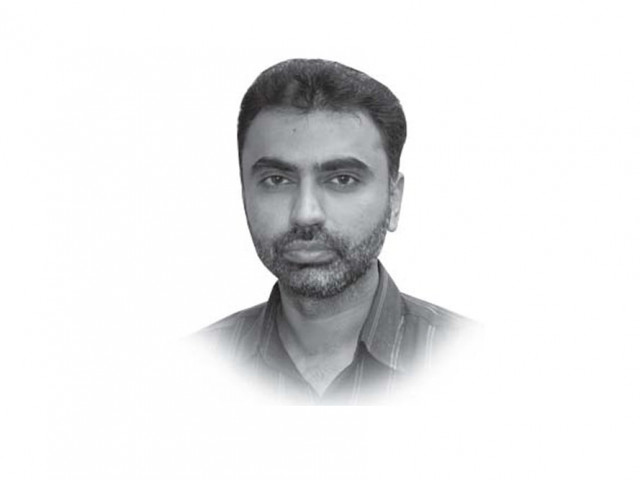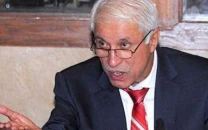The week in focus
Opening up of trade and thaw in ties between Pakistan and India have been dominating headlines for the past two weeks.

The week in focus
In order to explore ways to boost trade and move the liberalisation process forward, commerce secretaries of the two countries are meeting this week. The talks come after Pakistan granted India most-favoured nation (MFN) status and allowed import of more items from India over the past two weeks.
To add his voice to the positive climate, the Indian foreign secretary said Delhi would work towards a preferential trade agreement with Islamabad and easing of visa restrictions for businessmen.
Keeping the positive momentum going, prime ministers of the two countries also met on the sidelines of a South Asian Association for Regional Cooperation (Saarc) summit in the Maldives last week and vowed to start a new chapter in their relations.
However, they must ensure that the normalisation process continues and is not derailed by any change of face at the helm. This is essential if the two are to achieve the objectives of reducing prevalent poverty and increased contacts between businesses and ordinary people on the two sides.
Though the two countries share a population of over one billion, official bilateral trade is far below the potential. Bilateral trade stood at $1.4 billion in 2009-10 while unofficial trade was estimated at $3 billion which was routed through Gulf countries.
Businessmen though welcome the grant of MFN status to India, but say the government should tread carefully and ask India to reciprocate the move and dismantle non-tariff barriers that restrict exports from Pakistan. Fearing the onslaught of the much bigger Indian auto industry, domestic auto manufacturers have sought protection and opposed import of finished products before the industry develops and strengthens itself to compete with its neighbour.
Some analysts, while calling the moves significant, believe liberal rules will help increase direct trade with India, reduce business conducted via third countries, bring revenues, cut transportation cost, reduce cargo delivery time and lower prices of goods. This is in line with the worldwide wave to step up regional trade and alliances to benefit massively from geographical proximity among countries.
As both India and Pakistan face scarcity of resources, they will be able to buy goods and services from each other. Energy-deficient Pakistan can import electricity from India while Delhi can purchase cement from Islamabad which has a huge surplus capacity.
In addition to this, analysts point to the fruits of rapidly growing economies of India and China, which Pakistan can definitely enjoy through increased trade with neighbouring countries and enter into the ranks of fast growing countries.
However, some analysts are sceptical about open trade with India, saying it will leave a negative impact on Pakistan as the industries will not be able to compete effectively with bigger size Indian companies, which will have a dominant role in most fields. Only cement export is a major area where Pakistan will have an upper hand.
An analyst points out the “access given to India to export its goods through Pakistan to Afghanistan” under the transit trade arrangement with Kabul, which has largely gone unreported in the media. Pakistan has a strategic geographical location, which he says can be cashed by imposing taxes and duties on transit trade, but the country has lost this opportunity.
(the writer is incharge Business desk for the Express tribune and can be contacted at ghazanfar.ali@tribune.com.pk)
Published in The Express Tribune, November 14th, 2011.


















COMMENTS
Comments are moderated and generally will be posted if they are on-topic and not abusive.
For more information, please see our Comments FAQ